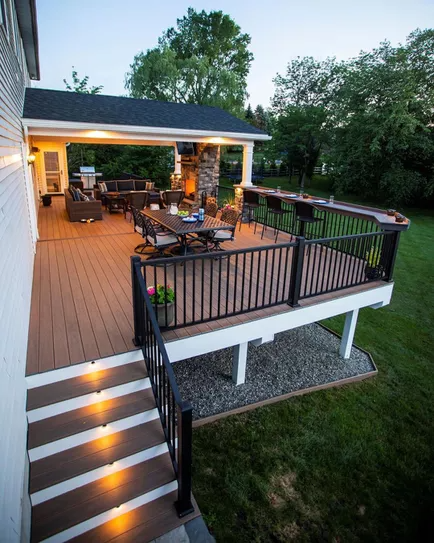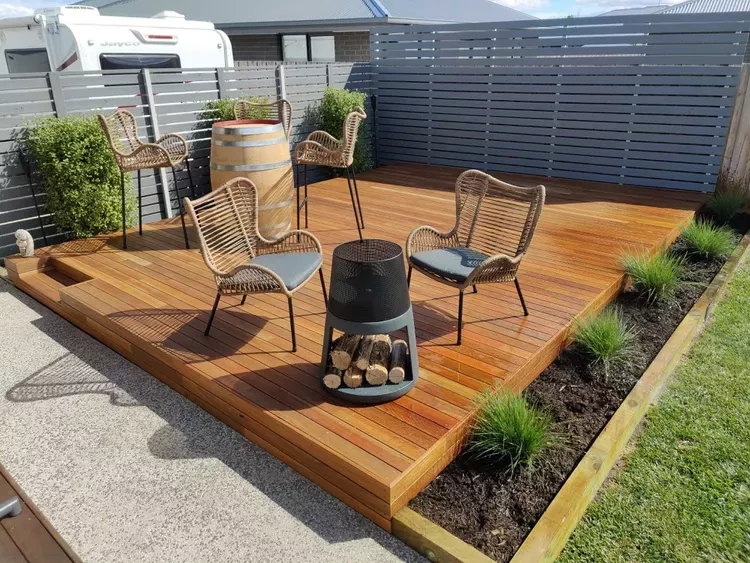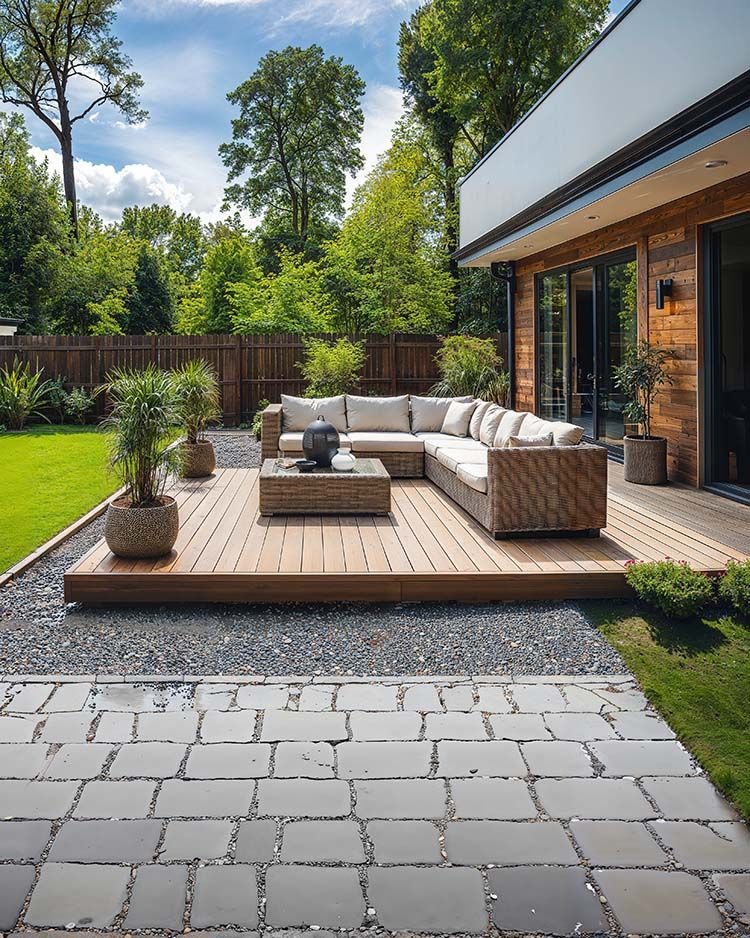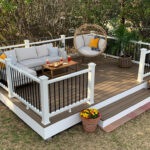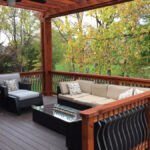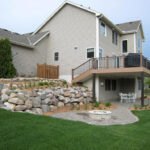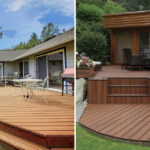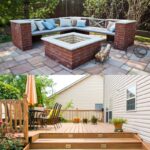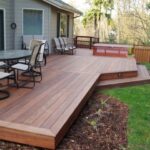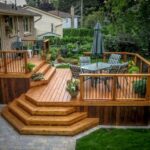A patio deck is a great addition to any outdoor living space, providing a designated area for relaxation, dining, and entertaining. These outdoor platforms can be made from a variety of materials, such as wood, composite, or PVC. Each option has its own benefits and drawbacks, so it’s important to consider your budget, maintenance preferences, and aesthetic goals when choosing the material for your patio deck.
Wooden decks are classic and versatile, suiting a variety of architectural styles and design tastes. Cedar, redwood, and pressure-treated pine are popular choices due to their durability and natural beauty. However, wooden decks require regular maintenance in the form of staining or sealing to protect against weathering, rot, and insect damage. They can also be prone to splintering and warping over time, so it’s important to keep up with maintenance tasks to prolong the lifespan of your wooden deck.
Composite decks are a low-maintenance alternative to traditional wood decks, as they are resistant to rotting, warping, and insect damage. Made from a combination of wood fibers and recycled plastic, composite decking is available in a variety of colors and textures to suit your design preferences. While composite decks are more expensive upfront compared to wood decks, they require minimal maintenance and can last for decades with proper care. Additionally, they are eco-friendly and do not contribute to deforestation like wooden decks.
PVC decks are another low-maintenance option for homeowners looking for a durable and long-lasting outdoor platform. Made from polyvinyl chloride, PVC decks are resistant to moisture, mold, and fading, making them an ideal choice for high-humidity climates or coastal regions. PVC decks are available in a wide range of colors and styles, offering a customizable look for your outdoor space. While PVC decks are more expensive than wood or composite decks, they require little to no maintenance and can withstand harsh weather conditions without deteriorating.
When planning your patio deck, it’s important to consider the size, layout, and placement of the deck in relation to your home and surrounding landscape. Think about how you will use the deck – whether for dining, lounging, or entertaining – and design the space accordingly. Incorporate features like built-in seating, planters, and lighting to enhance the functionality and aesthetics of your patio deck. With proper planning and maintenance, your patio deck can become a focal point of your outdoor living space for years to come.
